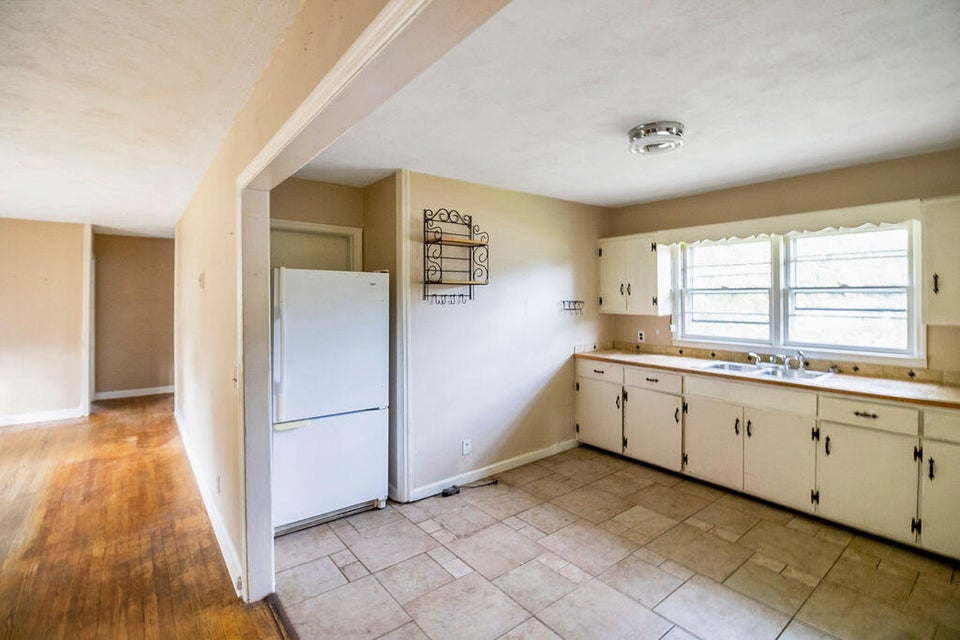
If you have a room with high ceilings, however, you can extend the range of the installation up to eight feet.
Radiant heat for basement install#
To get a nice, enveloping heat in any room, you can install radiant panels in the bottom four-foot section of your walls. Some modern space heaters, like the NewAir AH-470 Flat Panel Space Heater, even combine the two technologies to improve their efficiency and provide more heat faster.Photo: Where to Install Radiant Wall Heating

Space heaters use less energy to heat smaller spaces, which saves you money in the long term. Convection furnaces and radiant heating panels heat large areas, but at a much higher cost.

Despite their drawbacks, both convection heating and radiant heating are more effective when used in personal space heaters rather than in large household systems. Radiant heaters provide a concentrated beam of heat that warms people and objects very quickly, but only in small areas. Convection heaters work more slowly and less efficiently, but provide sustained heat over a long time and larger areas. Their infrared technology isn’t susceptible to winds or drafts.Īs personal heating systems, convection heaters and radiant heaters have much to recommend them. They provide immediate warmth to all people and objects directly in front of them, and because objects retain heat better than air, heat from radiant heaters takes longer to dissipate, so objects stay warm even after the heater’s been turned off.

Because the electromagnetic waves they emit don’t interact with the air, radiant heaters don’t suffer from these problems. They take longer to warm you up, but they’re what you need if you want a constant, long-term heating solution. Convection heaters, though not as efficient, heat enclosed spaces very well, allowing you to move about without feeling cold or chilly. All of which makes them an excellent way to heat one or two individuals, but very bad at heating rooms. Because their heat is so focused, radiant heaters can’t warm anything outside their field of view and because electromagnetic waves spread out as they travel from their source, you have to be physically close to the heater in order to feel its heat. Where radiant heaters struggle is any place where you want to move around comfortably in the same area. Some are ordinary space heaters, while others are built into the house itself. There are several different ways of generating radiant heat, reflected in the different styles of radiant heaters available for your home. The waves move out in a straight line until they’re absorbed by your clothes, skin, and furniture, which means they warm you up very quickly. Radiant heat differs from conduction or convention in that it’s directional and unaffected by the medium it travels through and they don’t lose heat as they travel through the air. If you’ve ever sat in front of a campfire, you’ve experienced radiant heat. The infrared energy from radiant heaters travels out in the invisible, electromagnetic waves that get absorbed by the objects in their path.

All objects radiate energy in some form, at a rate proportional to their temperature. Several convection heaters also come with timers, so you can program them to begin heating your home, office, or apartment before you arrive.Īs the name implies, radiant heaters work by generating infrared radiation. When the ambient temperature drops below your pre-set level, it activates the heater. All convection heaters come with a built in thermostat that regulates the unit’s heat output.


 0 kommentar(er)
0 kommentar(er)
